The floor serves as the largest surface area within a home, making the selection of flooring crucial, considering factors such as budget, lifestyle, and personal preferences. Each flooring type offers distinct advantages, and choosing the most suitable one depends on the requirements of each room and its location.
Among the popular flooring options are wood, engineered materials, vinyl, tile, and carpet. It's essential to understand the characteristics of these materials, their optimal uses, and the associated costs.
NOTE: However, it's worth noting that the first half of 2021 witnessed an unparalleled labor shortage due to the COVID-19 pandemic, leading to a surge in demand for construction materials and services. Consequently, material prices may exceed those previously reported, and lead times for both labor and materials may be longer than usual.
Hardwood Flooring

Hardwood flooring, crafted from a single piece of milled wood, boasts solid wood composition throughout. Varieties like maple, oak, walnut, and cherry are particularly favored among homeowners for their versatility and high quality.
Yet, it's worth noting that hardwood flooring stands as one of the pricier options available. Additionally, it requires regular upkeep, including monthly cleaning with a specialized hardwood floor cleaner and recoating every three to five years to maintain its aesthetic appeal. On average, installed hardwood flooring can cost between $5 to $10 per square foot.
Pros
Increases home value
Can be refinished multiple times
Many options available
Strong and durable
Cons
Expensive
Can incur scrapes, scratches and dents in high-traffic areas
Susceptible to moisture damage
Not suitable for bathrooms, laundry rooms and basements
Engneered wood flooring
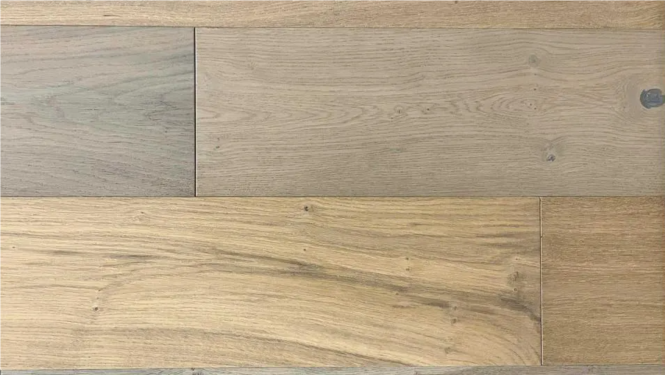
Engineered wood flooring presents a cost-effective alternative to solid wood, providing the authentic look of wood at a more budget-friendly price point. Comprising a thin layer of hardwood bonded to a sturdy plywood substrate, this flooring option offers comparable durability to solid hardwood and can endure with proper maintenance.
A notable advantage of engineered wood flooring is its suitability for DIY installation, offering potential savings on installation expenses. On average, installed engineered wood flooring ranges from $4 to $9 per square foot.
Pros
DIY-friendly
Has real hardwood top layer
Greater resistance to moisture and water than real wood
Less likely to warp
Multiple installation methods
Cons
Can't be refinished more than once
Not fade-resistant
Wide variation in quality
Can sound hollow underfoot
Emits VOCs
Laminate Flooring
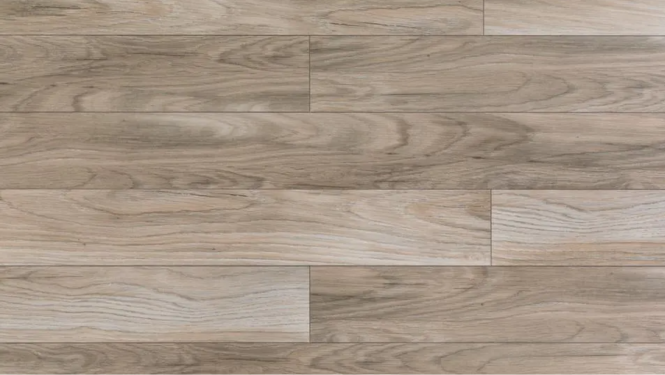
Laminate flooring emerges as a pocket-friendly choice for homeowners seeking an alternative to carpet without committing to the expense of hardwood or tiles.
This type of flooring is constructed with a particleboard wood base, layered with a wood or tile photo and sealed with a clear plastic protective coating. Its DIY-friendly nature makes installation a breeze, while offering a diverse range of textures and color options to suit various preferences. On average, installed laminate flooring ranges from $3 to $7 per square foot.
Pros
Inexpensive compared to wood
Easy to clean
Scratch-resistant
DIY-friendly for experienced homeowners (and if subflooring is in good shape)
Many styles and colors available
Cons
Susceptible to moisture damage
Chips easily
Does not look and feel like wood
Has a hollow sound underfoot
Vinyl Flooring
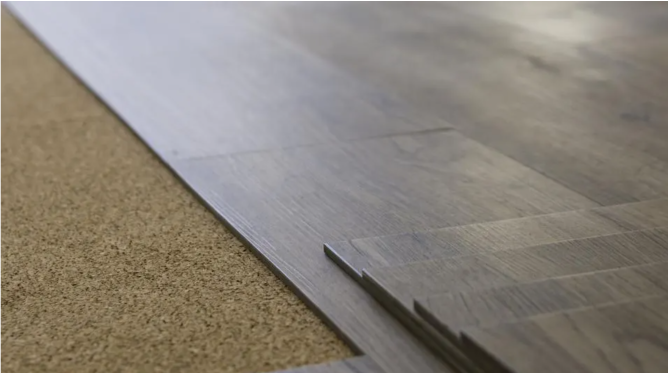
Vinyl flooring boasts exceptional water resistance, capable of withstanding prolonged exposure to water without incurring damage. Crafted from plastic, it is offered in plank, tile, and sheet formats.
In recent times, luxury vinyl plank (LVP) and luxury vinyl tile (LVT) have surged in popularity due to their robustness and wide array of style options. Installation costs vary depending on the format, ranging from an average of $1.50 per square foot for sheet vinyl to $6 or higher for LVP and LVT.
Pros
Good for kitchens, bathrooms, laundry rooms and basements
Durable
Water- and fade-resistant
DIY-friendly
Many design choices available
Easy to maintain
Cons
LVP and LVT is more expensive than laminate
Lower ROI than wood
Tile
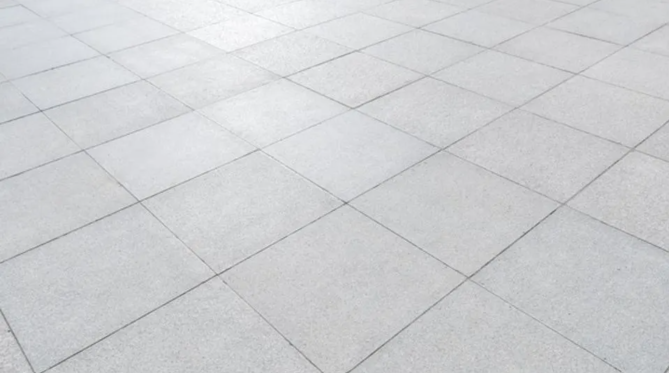
Tile flooring remains a favored option for spaces prone to moisture accumulation such as bathrooms and kitchens, offering resilience against water damage. Ceramic and porcelain are the primary tile materials utilized, known for their durability and versatility in style and color options.
Installation expenses fluctuate depending on the chosen material, with glazed ceramic typically costing less than porcelain tile. On average, ceramic tile installation can range around $2.50 per square foot, while porcelain tile installation may vary from $3 to $10 per square foot.
Pros
Waterproof
Durable
Long-lasting
Cons
Expensive
Hard to install
Lot of prep work is needed before installation
Cold and slippery
Stone Flooring
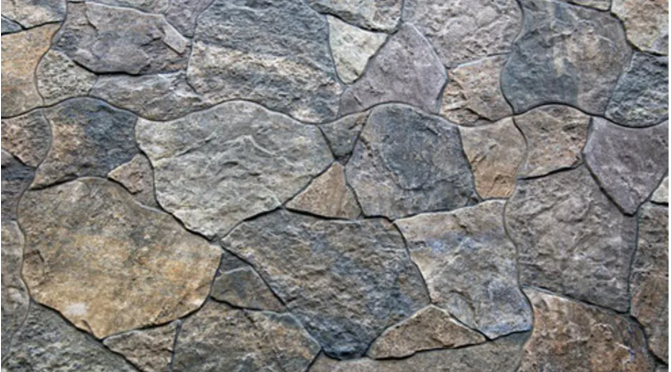
Natural stone, including granite, marble, travertine, and sandstone, stands as a sought-after option for flooring in both indoor and outdoor environments. Renowned for their durability and waterproof properties akin to ceramic and porcelain, these stones offer enduring beauty.
The maintenance requirements of the stone largely depend on its finish, but its inherent natural allure and quality surpass many other flooring options. On average, the costs for natural stone flooring range from $5 to $10 per square foot.
Pros
Bold and elegant
Long-lasting
Waterproof
Cons
Expensive
Hard to install
Lot of prep work is needed before installation
Cold and slippery
Difficult to maintain
Linoleum Flooring
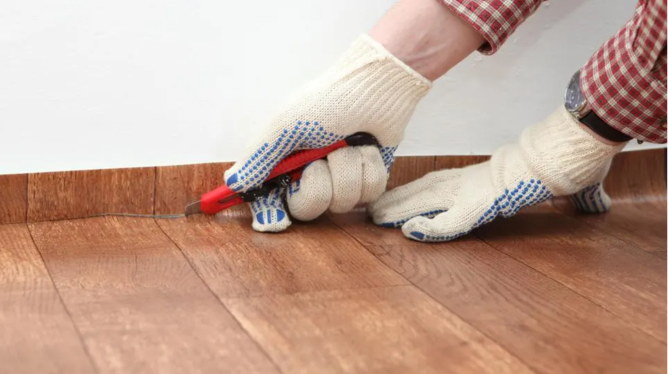
Linoleum presents a sturdy and environmentally friendly flooring alternative, crafted from linseed oil and cork. Its affordability and ease of installation make it a practical choice for many homeowners. Available in sheet form with a diverse range of colors and styles, linoleum is resilient, owing to its elastic composition, and can endure for decades with proper maintenance.
As flooring manufacturers introduce more contemporary colors and designs, linoleum is experiencing a surge in popularity. The average installation cost for linoleum flooring typically falls within the range of $4 to $8 per square foot.
Pros
Inexpensive
Eco-friendly
DIY-friendly
Available in a variety of colors and patterns
Requires little maintenance
Cons
Does not increase home value
Easily dented or cut
May darken or turn yellowish when exposed to sunlight
Not suitable for moisture prone-areas
Carpet
Carpet remains a preferred choice among homeowners, particularly for bedrooms, offering a wide range of colors, materials, and textures to suit diverse preferences. Advancements in carpet technology have led to modern variants with stain-resistant properties, enhancing durability and ease of maintenance. Additionally, carpet stands out as the most economical flooring option available.
Installation costs for carpet vary based on factors such as material type and thickness of the padding. On average, the expense of installing carpet typically falls between $2.50 to $10 per square foot.
Pros
Soft and warm on feet
Visually warms up the space
Multiple colors, materials and designs available
Great for soundproofing
Stain-resistant varieties exist
Cons
Hard to clean
Can stain
Shows wear pattern
Not suitable for allergy sufferers
Exploring Alternative Options Flooring choices extend beyond the conventional materials highlighted earlier. Several non-traditional options offer unique features for your consideration:
Cork: Derived from the bark of cork oak trees, this natural material boasts remarkable fire resistance and sound insulation qualities. Rubber: A naturally resilient material known for its slip-resistant surface and durability. Bamboo: Environmentally friendly and serving as a sustainable alternative to hardwood, bamboo flooring offers the warmth of real wood. Terrazzo: Combining natural stone chips with resin, terrazzo creates a robust composite with lasting durability.
Final Considerations Selecting the ideal flooring for your home requires thoughtful consideration beyond aesthetics or cost-effectiveness. Factors such as moisture resistance, longevity, maintenance requirements, and budget play pivotal roles in the decision-making process. Since installing a new floor is an investment, it's essential to strike a balance between your practical needs and stylistic preferences. Engage in thorough discussions with your chosen flooring contractor to ensure your vision aligns with the project execution. It's advisable to research and select reputable flooring installation companies to guarantee a satisfactory outcome for your flooring project.